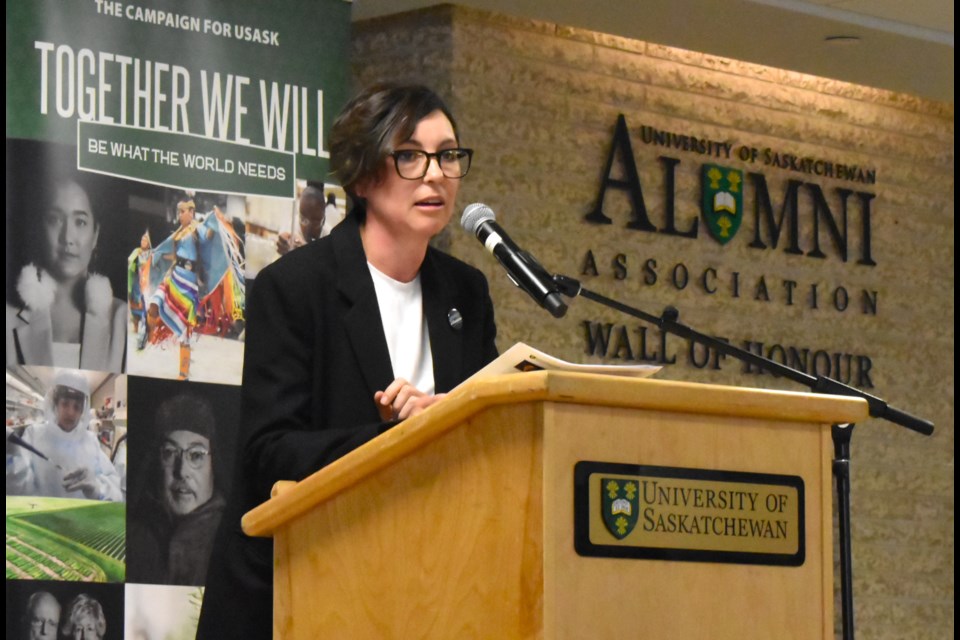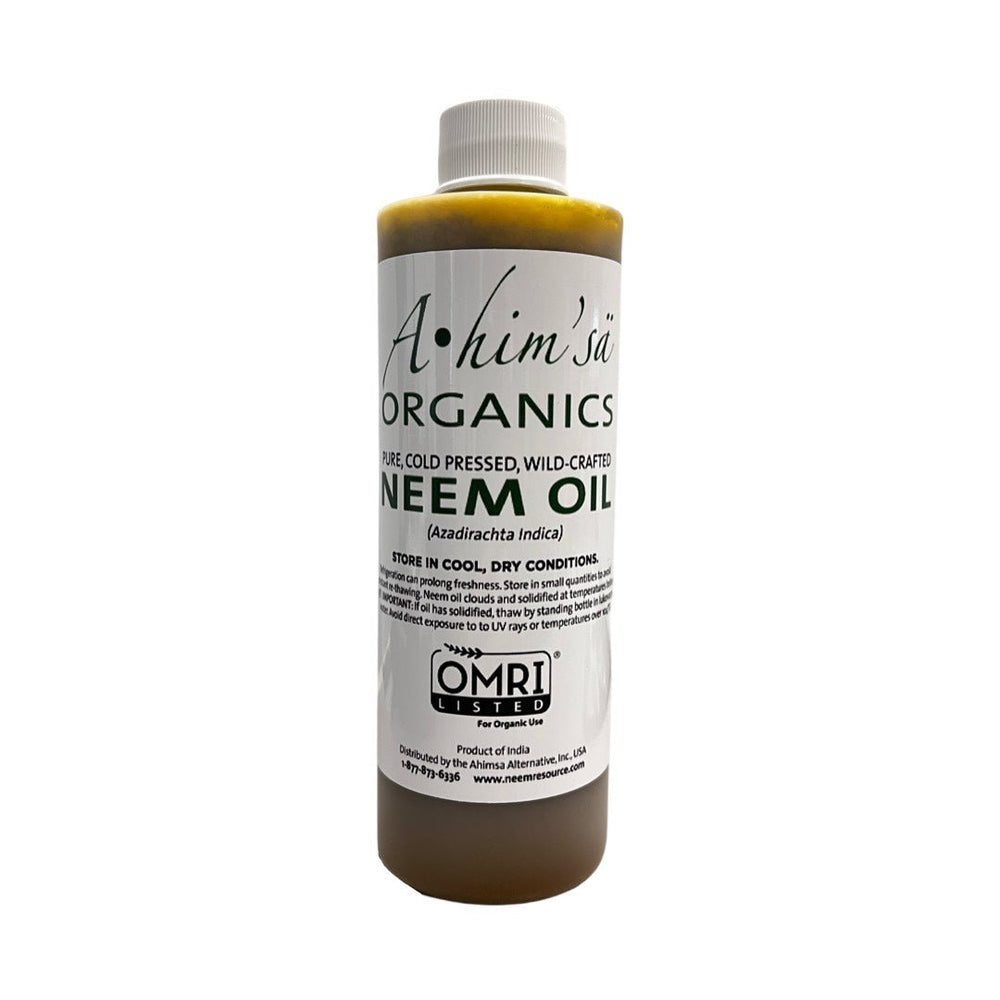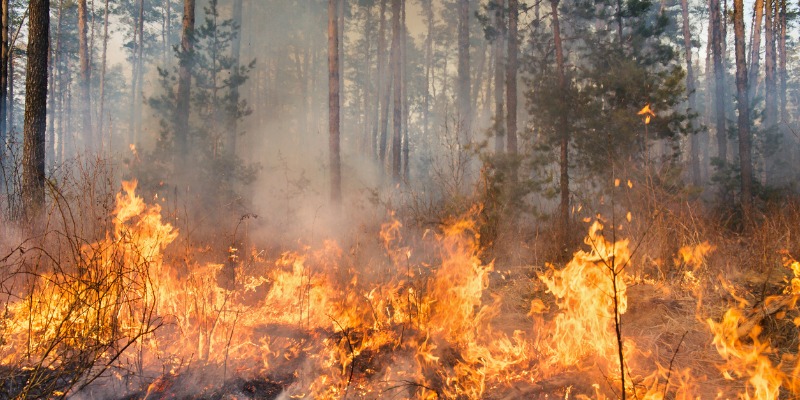Natalie O'Brien
January 22, 2012

Calls for a moratorium … an investigation by The Sun-Herald has revealed widespread concerns about synthetic grass. Photo: Adam Hollingworth
THE health of thousands of children may be at risk from long-term exposure to toxic chemicals from artificial turf that has become a popular replacement for grass on sporting ovals and school playgrounds around the country.
Australian scientists have raised the alarm over the potential dangers of the fake grass, and called for a moratorium on its use until its safety can be established.
An investigation by The Sun-Herald has revealed widespread concerns about the turf. These are centred on a range of factors, from the cheap imported products that are not tested for toxic chemicals and made from unknown materials to what makes up the turf favoured for soccer fields – crumb rubber that comes from recycled tyres.
Warnings have also been issued around the world about cases of turf heating up to such temperatures that it can cause burns and heat stress.
Residents in some Sydney suburbs have successfully fought the introduction of synthetic grass, including at Arlington Recreation Reserve in Dulwich Hill, where they forced Marrickville Council to reverse its decision. At Montessori East pre-school and school in Waverley, the principal, Bill Conway, said he was worried about artificial turf and it was being removed.
The regulator, the National Industrial Chemicals Notification and Assessment Scheme, said it was ''aware of concerns about industrial chemicals used in various products which may pose a risk to human health or the environment and will shortly begin a new program to streamline their assessment''.
However, its spokeswoman said tests by the US Environmental Protection Agency did not raise concerns about carcinogens in artificial turf.
But Mariann Lloyd-Smith, of the National Toxics Network, a non-government group of scientists and community members, said: ''Children are at greatest risk because of their activities – particularly hand-to-mouth ingestion. And we know that children are so much more susceptible to hazardous materials.''
Dr Lloyd-Smith, also a federal government adviser on chemicals, said tests were needed and should take into account Australia's high temperatures. And groups installing the turf needed to think about the consequences and their future liabilities.
''I know some people have said if we tell people all this it will make them anxious,'' she said. ''But if it gets something done, then I think scaring people might be a really good idea.''
A series of studies in the US, Denmark and Italy have again raised concerns about long-term intensive exposure to artificial turf. Numerous studies around the world have had differing results, however, with some arguing no increased health risks.
A study released in 2010 by the Connecticut Department of Environmental Protection revealed the presence of chemical carcinogens in the air over an artificial field, but the findings were reportedly ''softened'' for public release.
An oncologist with the Yale Cancer Centre in Connecticut, Barry Boyd, who is also a consultant to the Environment and Human Health Inc, has said: ''While fear of raising concerns may be an understandable motive for limiting public information about risk, the long-recognised goal of limiting childhood exposures to environmental hazards must take precedence.''
Artificial turf has gained popularity in Australia in the past decade as a way of extending playing hours and cutting maintenance time and costs. Schools, councils and sport groups have opted to use it to replace grass.
One professional turf adviser, Martin Sheppard, who consults councils and other groups on the use of artificial turf, dismisses concerns about safety, saying it poses fewer environmental dangers than the street. Mr Sheppard, who has been advising on artificial turf for 30 years, says the turf has been used since 1965 around the world. If there are serious health risks, he argues, they would have been identified.
Yet across the US, schools have been digging up the turf and reinstating grass, concerned about toxic chemicals and heavy metals, including lead, which was used in some of earlier generations of turf.
The NSW Greens MP, Cate Faehrmann, said the government should back a moratorium until the health impacts were known. She said one of the most common ingredients used in artificial turf, a type of rubber, had not been subject to any human health or environmental toxicological assessment by the notification and assessment scheme or the Department of Health.
''It's even more worrying when we don't know what the products are made out of … How can we begin to understand the health impacts if we don't know which chemicals we are exposing our kids to?'' she said.
Gavin Edwards, of the school of chemistry at the University of NSW, said lead no longer appeared to be used in new versions of the turf. Dr Edwards said concerns about emissions of toxic components could be minimised by pre-treating some of the components, including the crumb rubber from car tyres. He agreed there should be some standards to regulate what materials can be used in the turf.
''Over the past 50 years technological advances have seen artificial turf mature from a product with many problems, to one that is becoming used more widely,'' Dr Edwards wrote in a report in 2010 commissioned by Turf Australia. ''Nonetheless, even with the latest 'third-generation' surfaces, problems still exist and questions remain unanswered.''
When The Sun-Herald asked about the dangers of artificial turf, Turf Australia pointed to his research.
Dr Edwards said an overlooked issue was the heating of the turf to temperatures that could cause injury. He quoted a study by Brigham Young University in Utah that showed it reaching temperatures much higher than grass and in some cases almost three times the air temperature, recording 93.3 degrees.
The same study said one coach developed blisters on his feet, despite wearing tennis shoes, as a result of the extreme temperatures and that the New York State Department of Health had issued warnings.
Read more: http://www.smh.com.au/national/threat-of-toxic-playgrounds-20120121-1qb5s.html#ixzz1kIfIlJQ9
![]()




